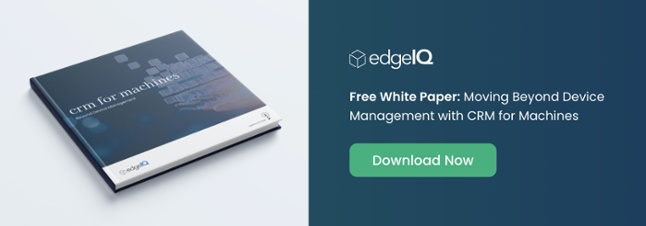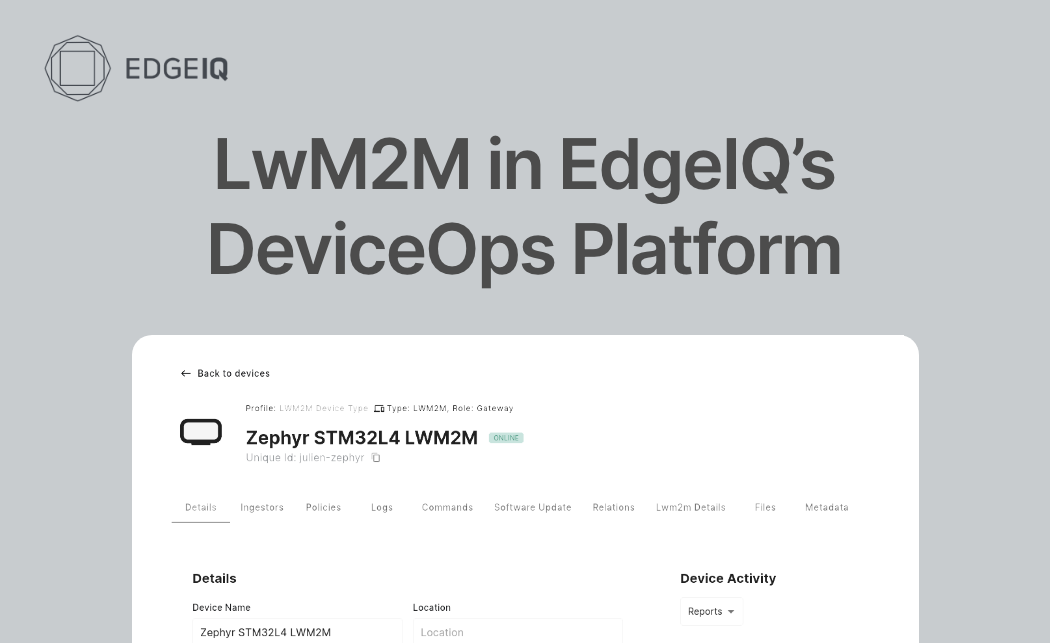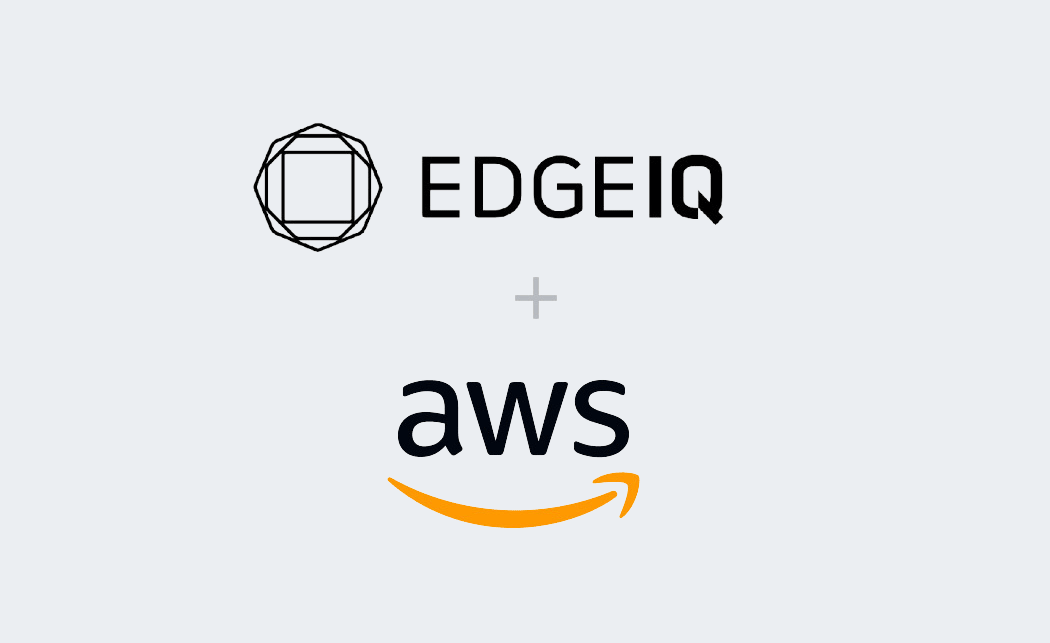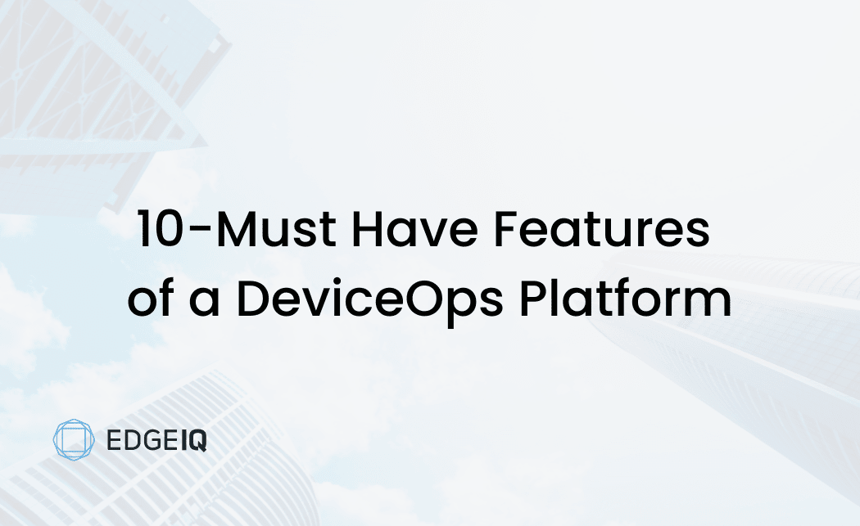International Security Conference & Expo (ISC) West is the largest single event for practitioners, consumers and providers in and around (physical) security and smart building technology. Everything from drones and surveillance robots to smart locks, video surveillance and smart turnstiles. 30,000 people and 1,000 exhibitors makes this a major event in a growing industry.
One theme that stands out from dozens of conversations is that this market is just now adopting remote management capabilities for their products. That seems ironic given that most of the service revenue is derived from remote monitoring of your office, your campus and your home, yet few companies have adopted a systematic way to monitor the wellness and connectivity status of their own products. One vendor shared that they released a new product that included 1-year free maintenance and support, in other words it’s not a SaaS model. A number of customers are adopting the product, like the product and want ongoing support for it. The problem is that the vendor did not think through how they would provide software updates and new features to these customers without rolling a truck.
Another vendor was boasting about the ease of integrating their system into broader security and building management systems. This is a key theme - interoperability between access control, visitor management, video surveillance, etc. is absolution essential. But when I asked about the specific integration interface, I was told that the application programming interface (API) was a very antiquated protocol. This not only makes integration challenging, but it will require a level of additional normalization and limited customization. One of our enterprise customers is building a custom tenant engagement platform that requires simple, reliable, flexible interfaces to any downstream system. I was doing a little recon for them and ruled out a number of vendors simply on the basis that their systems were ‘closed’ or had very challenging APIs to work with. Note to buyer - when you hear a vendor boast about their “Open API” or open system in general - beware.
Ask a couple of simple questions to confirm the system is really ready for the 21st century. What is the interface? If the answer is RESTful APIs that’s the right answer. Next, ask how granular the API is, or APIs are. Is it a single API that provides an interface to the entire system and all the data? Or is it a more granular collection of APIs that provide a flexible approach to functionality and data?
Also would like to give a shout out to ONVIF, an industry organization that provides a standard interface spec for the industry. A number of leading providers of access control systems are part of this organization. Speaking with execs from a number of those vendors, I hear good things and a real commitment to the cause.
For unfortunate reasons (bad people doing bad things in the world), this market is growing and will continue to grow. There was real interest in the autonomous security vendor area of the trade floor - drones and surveillance robots. And, yes, it was cool. It seems that one of the more connected industry segments is finally adding more intelligence and automation, but from what I heard and saw, there is a long way to go on this journey.
We believe that smart, connected products come with an implicit contract between the buyer and seller that customers will have real time wellness data, assurance of continuous updates and feature improvements. This is easier said than done. Vendors who embrace operational device management as much as they do customer relationship management will win. Not just in this market, but all markets where smart products are marketed and sold.






